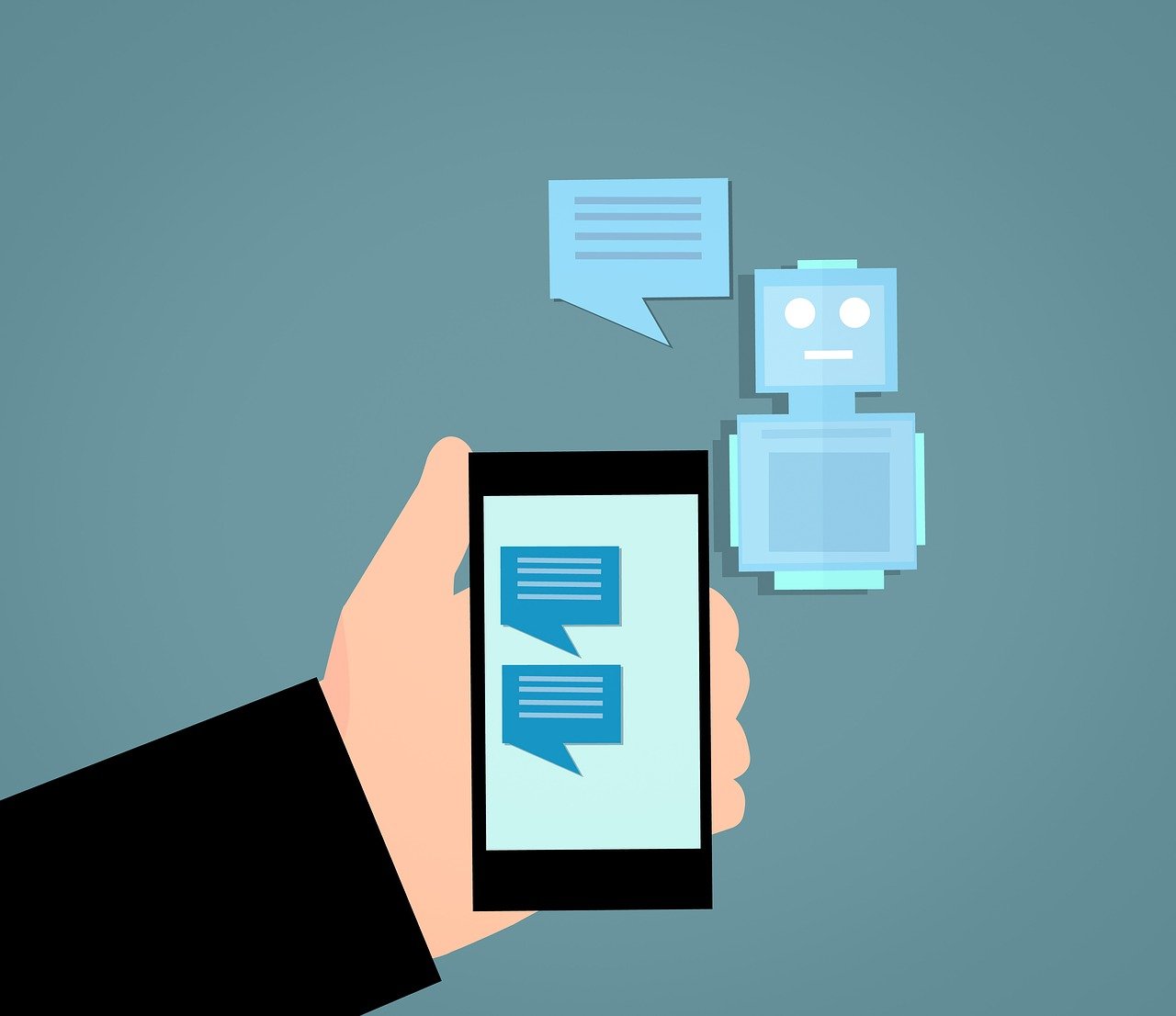Bot Learning

In late 2021, wrote a popular article detailing some of the key pieces felt were generally missing from efforts to develop good conversational software for use in the workplace. Since then, my focus has been on building tools to cover some of those holes. This article covers one such area - that of having a "bot" or artificially intelligent assistant that can simply execute a pre-set series of commands and allow one to more efficiently manage time in the workplace. Here are some thoughts on why it's important to think about artificial intelligence and its effect in management in the workplace, check it out here.
First, I'd like to point out that artificial intelligence researchers have been developing conversational software for quite some time, even since Mike Wright and Jerry Kaplan released Image Identification in 1983. Although their main focus was on face recognition, their work eventually extended to learning how to identify handwritten notes and recognizing images in photographs. In fact, much of the work done by these experts was built on already existing technology using state of the art computers. What's more, however, is that these programmers went one step further and started to integrate a lot of different technologies into their systems. In fact, a lot of their work involved visual recognition methods that allowed them to perform tasks like facial recognition and image recognition, and that's just in photo processing.
Second, I'd like to go a bit deeper and highlight the importance of artificial intelligence in the workplace. Without a doubt, conversational ai platform software developers have been able to leverage existing technologies and to build systems that are capable of performing tasks like handwriting recognition and image recognition. But what they haven't been able to do is leverage the deep learning revolution that took place a few years later. In fact, a lot of the deep learning frameworks that were developed in the field of AI were developed specifically for use with large databases and large amounts of data. This makes them unsuitable for use by desktop users or for applications where there is simply not enough data for the system to function well. But what they've been able to do is apply their work to voice recognition software by building a framework that allows a user to perform on-the-fly speech recognition without having to spend lots of time feeding data into the software.
Third, it's important to point out that while chatbot has demonstrated exceptional capabilities, it is still only one out of many different conversational software systems. Indeed, as I pointed out above, there are chatbot applications that also allow you to input text. So, even though this particular application might be quite useful, it's still not as good as it will become over time. And the same goes for things like Skype, which recently acquired a bot called Kibana, which is arguably better at handling real-time conversations. So, while it's true that Kibana is superior when it comes to handling conversation quality, this won't necessarily mean that conversational software developers won't find ways to make theirs better. In fact, Kibana and other bot-based systems are improving all the time.
However, as I'm sure you can imagine, this has also created quite a lot of competition among conversational software developers. Bot developers are always trying to achieve more and better results, and the result is that there are now many that have achieved quite high levels of expertise in the field. Just like in any other kind of programming, there are people with decades worth of experience who are capable of designing superior software that can process massive amounts of data and give you accurate insights into what is going on.
All this means is that conversational software developers need to be careful how they proceed. They need to make sure that their systems can handle larger quantities of data and that they can provide a superior level of conversation quality. As with any form of machine learning, however, it's necessary to consider whether the design of a bot system can be improved. If it does, then it may be possible to use the same technology to do other things such as managing customer support, or simply completing surveys and providing information for research purposes.
If you probably want to get more enlightened on this topic, then click on this related post: https://en.wikipedia.org/wiki/Software_bot.
